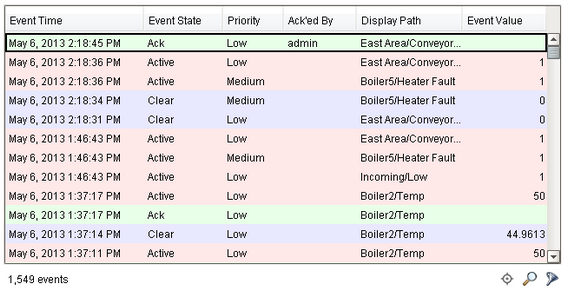

- #Inductive automation ignition commit to changes shortcut install#
- #Inductive automation ignition commit to changes shortcut trial#
- #Inductive automation ignition commit to changes shortcut download#
Make sure Ignition Edge is being installed on a different machine than was used to install Ignition Gateway in step 1.

Follow the sections for Ignition Edge MQTT and for your specific Operating System. See the Ignition Edge installation guide here. Ignition Edge MQTT is a new stripped down version of Ignition that is specifically designed for use as an Edge of Network device.
#Inductive automation ignition commit to changes shortcut download#
Step 2: Download and Install Ignition Edge MQTT Remember to either turn off firewalls or at a minimum allow inbound connections to TCP/IP port #1883 and port #8883, as remote MQTT Clients will need to be able to establish a TCP/IP socket connection to these ports. Important Note: For this test infrastructure, MQTT Distributor will be installed as an Ignition module. Once the Ignition installers have been downloaded, follow the instructions provided by Inductive Automation to install and start Ignition. There are two system installers available on the Inductive Automation Site: Take note of your user/password you create as you will need these credentials to load Modules and configure this device. Go to the Inductive Automation download page and download the desired Ignition installer for Windows, Linux or MacOS /downloads/ignition. Using Ignition as a tool in this way, we can install the Sparkplug MQTT Modules and observe everything working.
#Inductive automation ignition commit to changes shortcut trial#
A fully functional Ignition system can be downloaded and run in trial mode. Ignition is an Industrial Application Platform that can be used to create SCADA and HMI solutions. Tutorial Step 1: Download and Install the Central Ignition Gateway Upon completion of this tutorial you will have all of the required components to configure, deploy, and observe the Sparkplug MQTT specification in action.


 0 kommentar(er)
0 kommentar(er)
